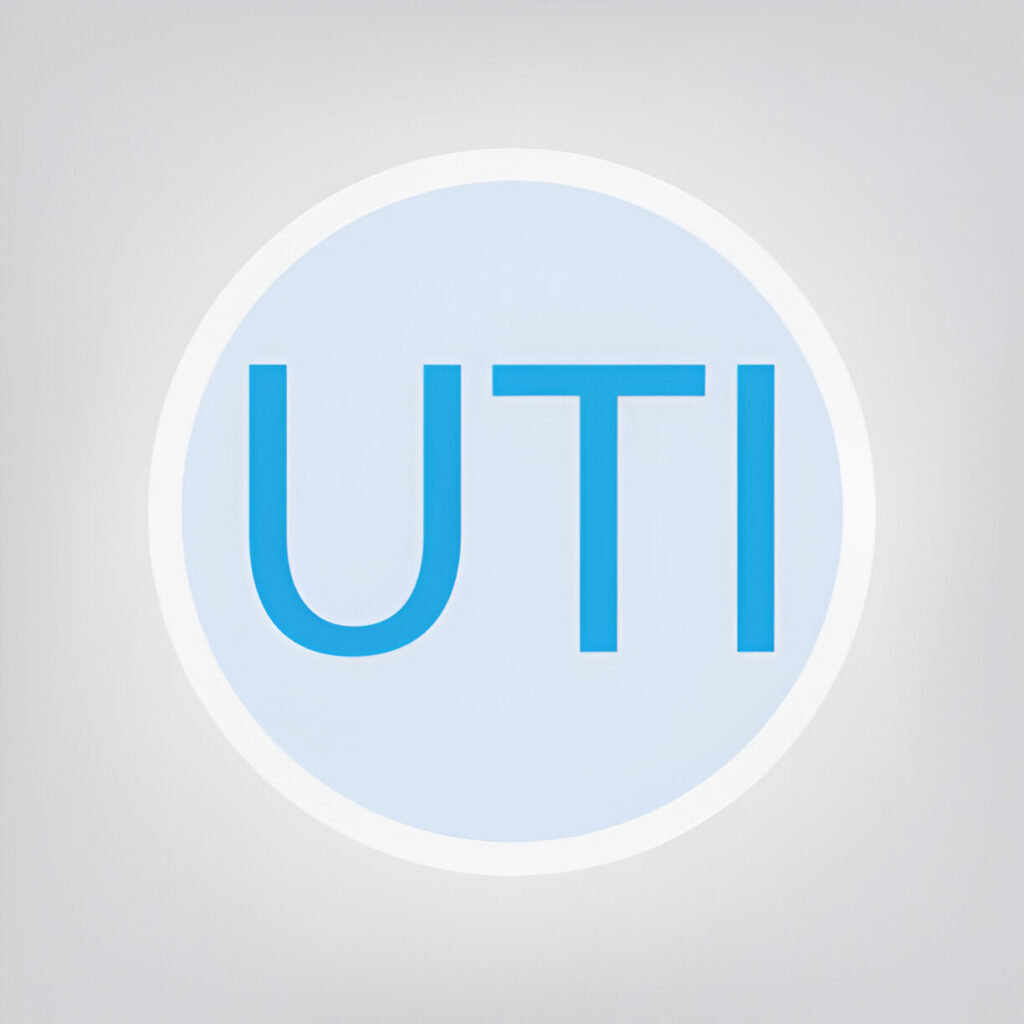UTI MF, a name that echoes legacy in India’s investing circles, is quietly turning heads again. Often overlooked among new entrants, UTI is now showing signs of resurgence. Recent strategic moves, data-backed decisions, and a timely connection with investors hint at a comeback that’s hard to ignore.
With the industry watching, it may surprise everyone and carve a new path that suits the changing temperament of modern Indian investors. Here’s an analysis based on recent news and industry context.
Reasons Why UTI MF Is Considered a Dark Horse
Some funds may chase the spotlight, but UTI mutual funds don’t. If you’re wondering why market watchers are calling it the “dark horse,” here are the reasons why.
1. Trusted by Generations
UTI MF has been around since the early ’60s, quietly earning the confidence of Indian households long before mutual funds became a prominent option among investors.
While some newer brands spend heavily to get noticed, UTI MF has something money can’t buy: decades of goodwill. Its legacy, deep-rooted investor trust, and vast product suite have enabled it to maintain a strong presence and steady inflows, even as newer AMCs vie for attention.
2. Expanding Distribution Network to Capture B30 Market Growth
UTI AMC has aggressively expanded its physical presence, opening 16 new financial centers in December 2024 and 19 more in November 2024, bringing its total to 223 centers nationwide.
This expansion is focused on B30 cities (beyond the top 30), which are driving over half of the new SIP registrations industry-wide. This positions UTI to tap into this fast-growing investor base, which accounted for 56% of new SIP registrations as of January 2025.
3. Robust Asset Base
UTI MF manages significant assets, with ₹1.29 lakh crore under equity, hybrid, and solution-oriented schemes as of early 2025.
For instance, the UTI flexi cap fund aims to provide diversification and long-term wealth creation, reflecting UTI’s ability to innovate and adapt to evolving investor preferences in a competitive market.
Also, in April 2025, it launched its Multi Cap Fund, targeting a balanced allocation across large, mid, and small-cap stocks with a disciplined bottom-up approach. This offers a wide range of options to investors.
4. Strong Financial Performance and Growth
UTI AMC reported a net profit of ₹124 crore for Q4 FY25, compared to ₹151 crore in Q4 FY24, reflecting a 17.9% year-on-year decline. Revenue from operations for the quarter stood at ₹316.9 crore, down 3.2% YoY.
Despite these quarterly pressures, the company declared a substantial final dividend of ₹48 per share for FY25, including a special dividend of ₹22 per share, signaling management’s confidence in long-term financial stability.
Additionally, UTI’s quarterly average AUM grew 16.8% YoY as of March 2025, and the company continues to maintain a robust asset base, highlighting its underlying business strength despite short-term profit fluctuations.
5. Professional Management
UTI Mutual Fund is managed by an experienced leadership team with deep expertise in asset management. The AMC benefits from a diversified ownership structure involving major public sector banks and a global asset manager, ensuring strong governance and transparency.
It is reinforcing its dark horse status with active fund manager changes in 2025. This is to strengthen scheme performance and offer diversified exposure across market caps by using its proprietary research for stock selection.
Conclusion
UTI Mutual Fund is quietly positioning itself for serious long-term play. Strategic expansion into B30 cities, solid AUM growth, active fund management changes, and strong dividend signals show a company aligning with investor needs.
For investors seeking dependable returns, experienced leadership, and disciplined growth, UTI MF stands out, not with noise but with substance. The dark horse may lead the next leg of market performance.



